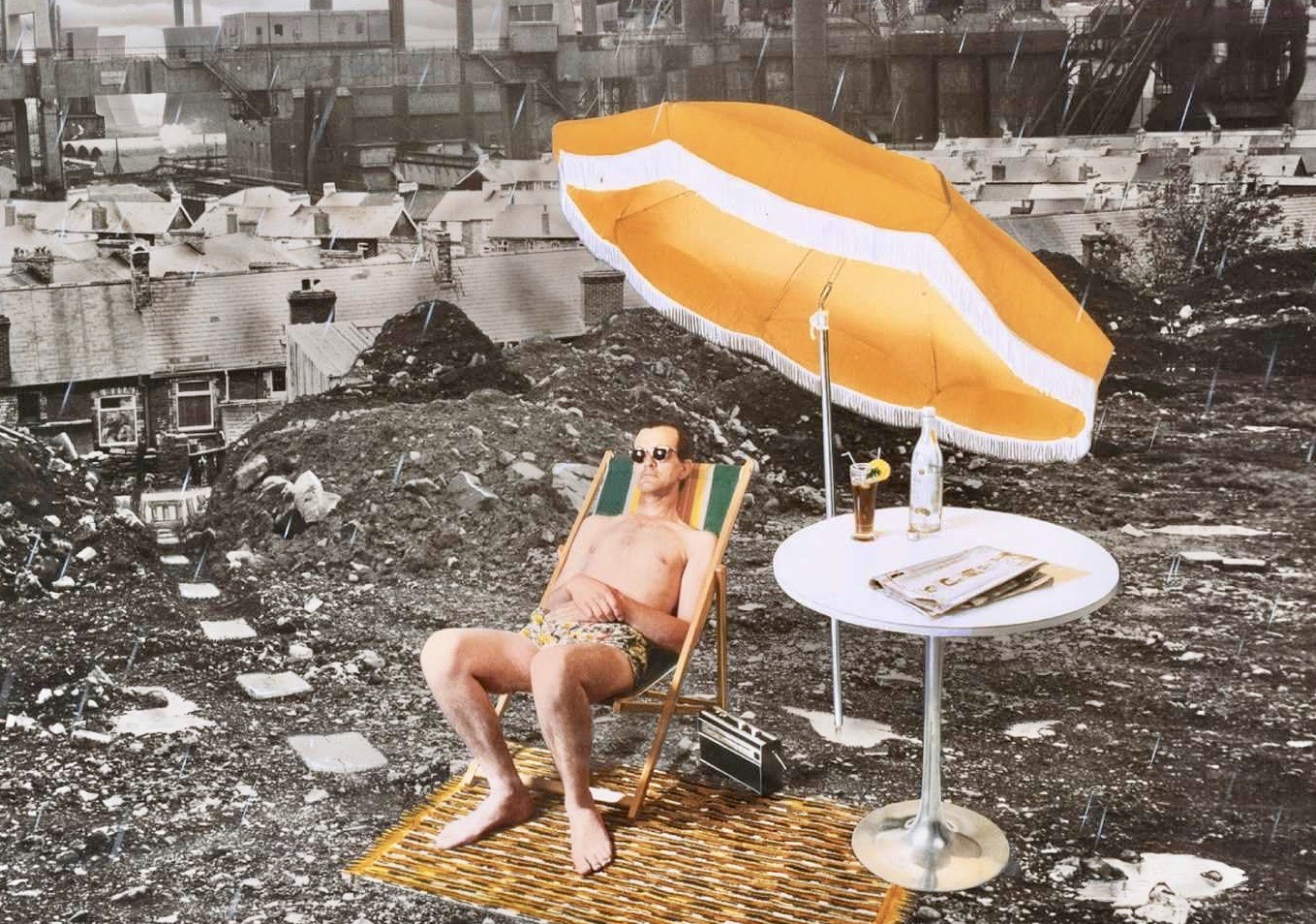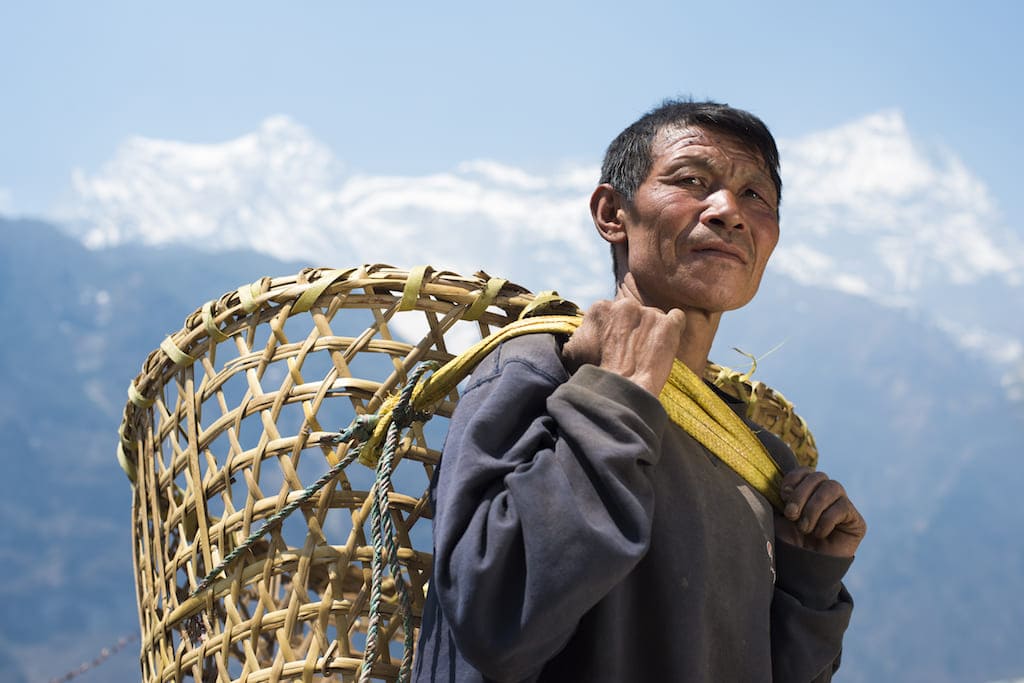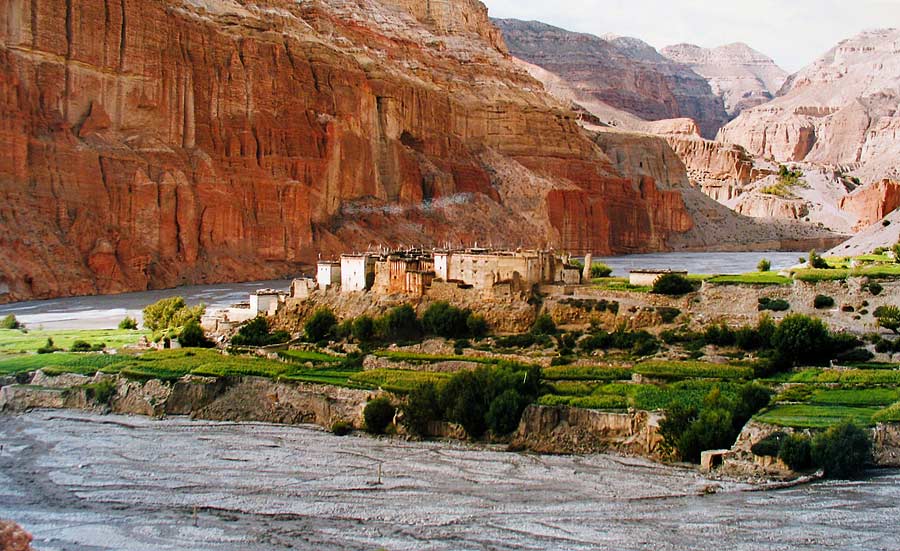You can contact us by e-mail or phone
from uk
01405 862917
outside uk
+44 1405 862917
01405 862917
+44 1405 862917
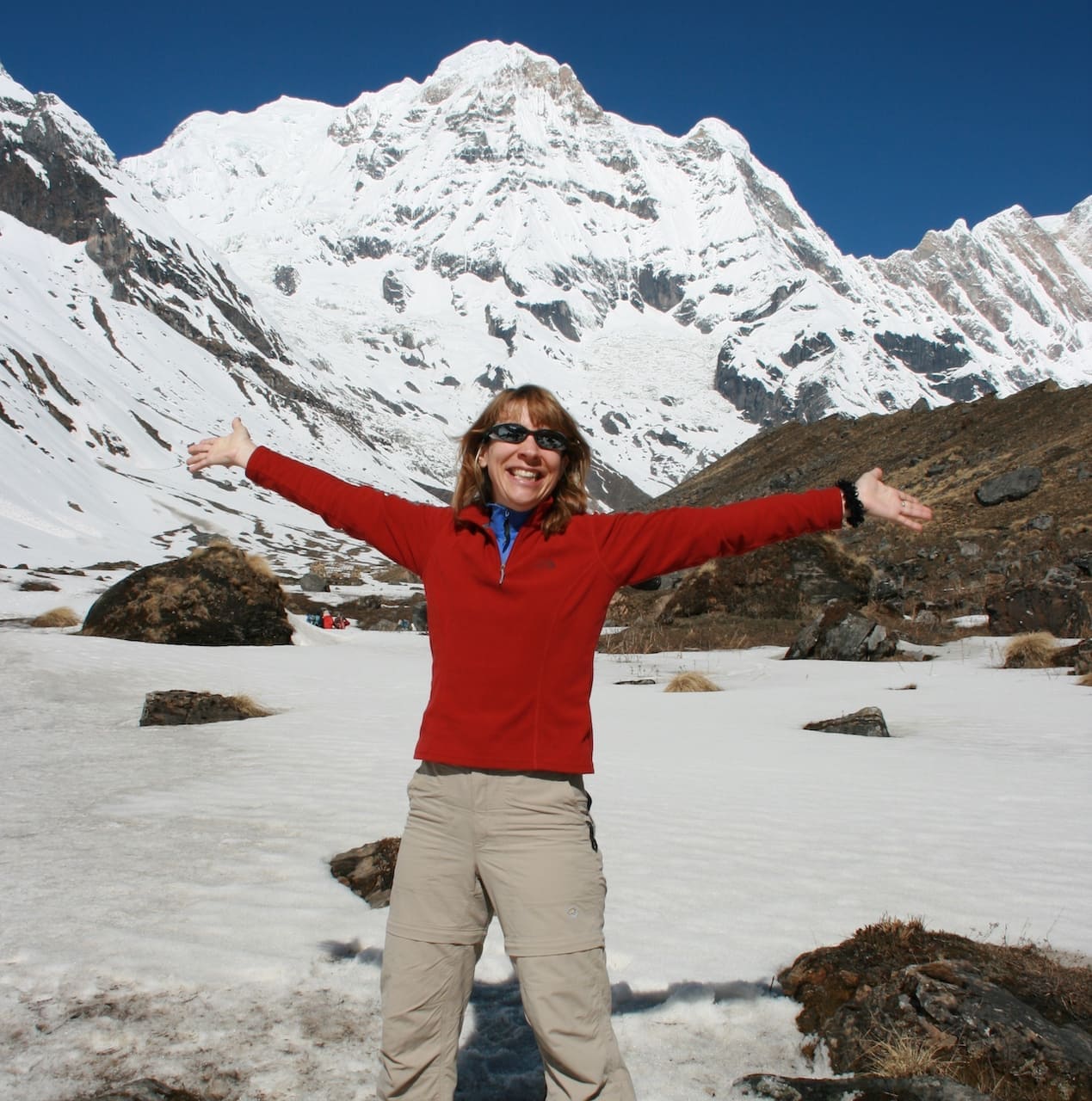
When to visit Nepal
Snow Cat Travel - A UK registered trade mark
In Nepal, altitude means that in the space of a short holiday, you could easily find yourself having night time temperatures below freezing high up and then hot and humid temperatures in more lowland sub-tropical zones.
Generally speaking the best time to visit Nepal is from late September to mid-May.
But, when to visit Nepal also depends on what you're going to be doing and where.
This is an integral part of considering when to come to Nepal.
This is because Nepal is almost a vertical country.
If you're coming to Nepal to go trekking, particularly high altitude treks then please read our Best Time to Trek in Nepal blog as there are other factors to take into consideration.
The snow leopard is the ultimate high altitude trekker
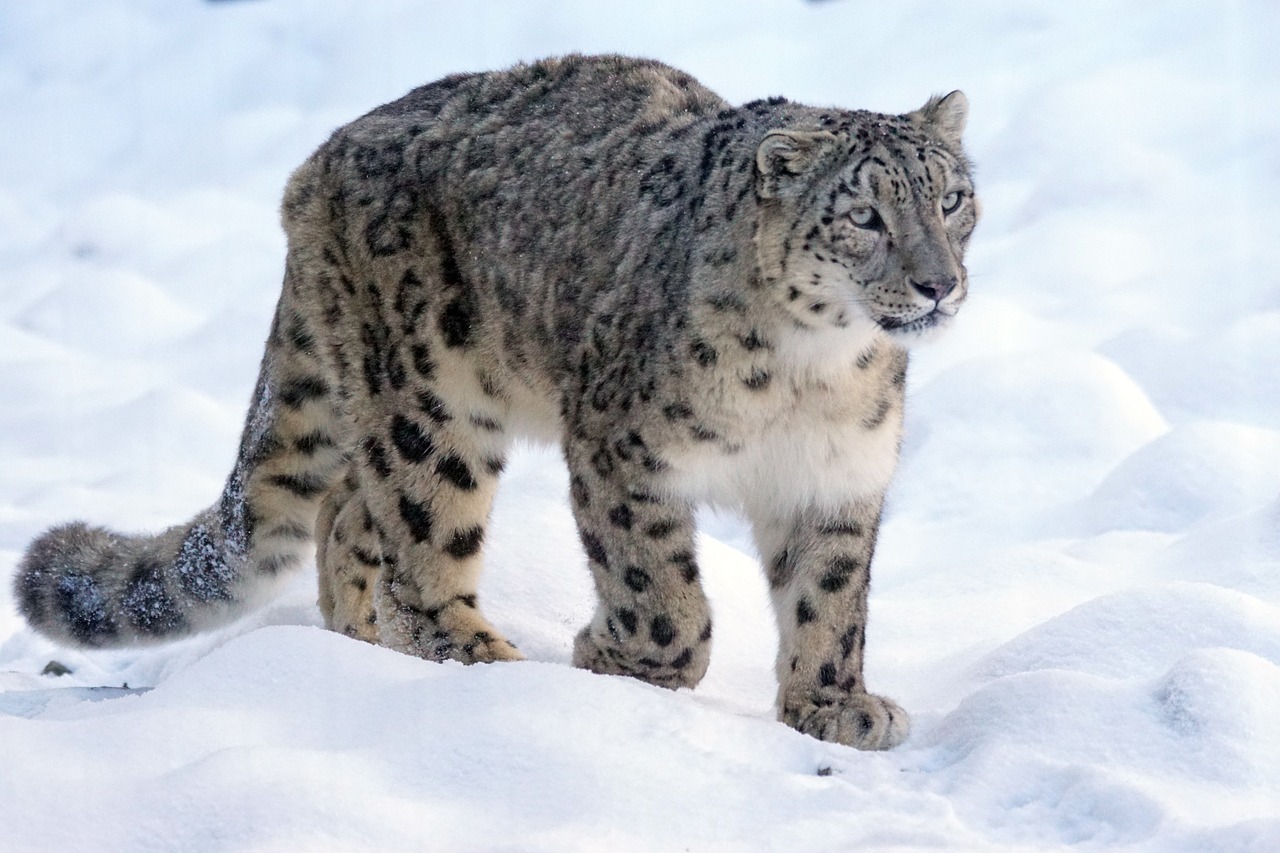
Unless you're visiting the region of Mustang, then you should avoid visiting Nepal during the monsoon season.
See our Best Time to Visit Mustang Blog for more.
The monsoon is an annual weather event. Great for farmers. The monsoon in Nepal brings heavy rain, often deluges. The heavy rains and deluges often cause problems with transportation. Bridges and roads get washed away, planes can’t see to fly and unmetalled roads (of which there are many in Nepal) become impassable muddy quagmires.
It’s warmer, but also very humid. Sometimes uncomfortably so. Monsoon season sometimes begins around the end of June and lasts until the middle of September. About 80% of Nepal's annual rainfall is during this period. The monsoon can and does arrive earlier, or depart later. The past couple of years it has still been raining heavily in October, which is not usual. Consequently even the monsoon is becoming even more erratic. Rain of course means clouds and so a lot of the time the Himalaya are obscured by these clouds. Rain also means leeches (below 3000m), lots of leeches and this can make life very unpleasant. Getting soaked, not seeing the mountains, encountering transport problems and constantly picking leeches off your waterproofs is probably not most peoples notion of a fun holiday.
But, the Himalaya form a natural barrier and prevent the monsoon from extending beyond them thus creating a “rain shadow”.
Consequently Upper Mustang, which lies to the “other” side of the Himalaya and on the Tibetan Plateau is protected by the Himalaya from the monsoon rains, which is why Upper Mustang is an arid, barren high altitude mountain desert.
Indeed Upper Mustang can be considered as a region to visit during the summer monsoon months.
Mustang is a high altitude semi-desert
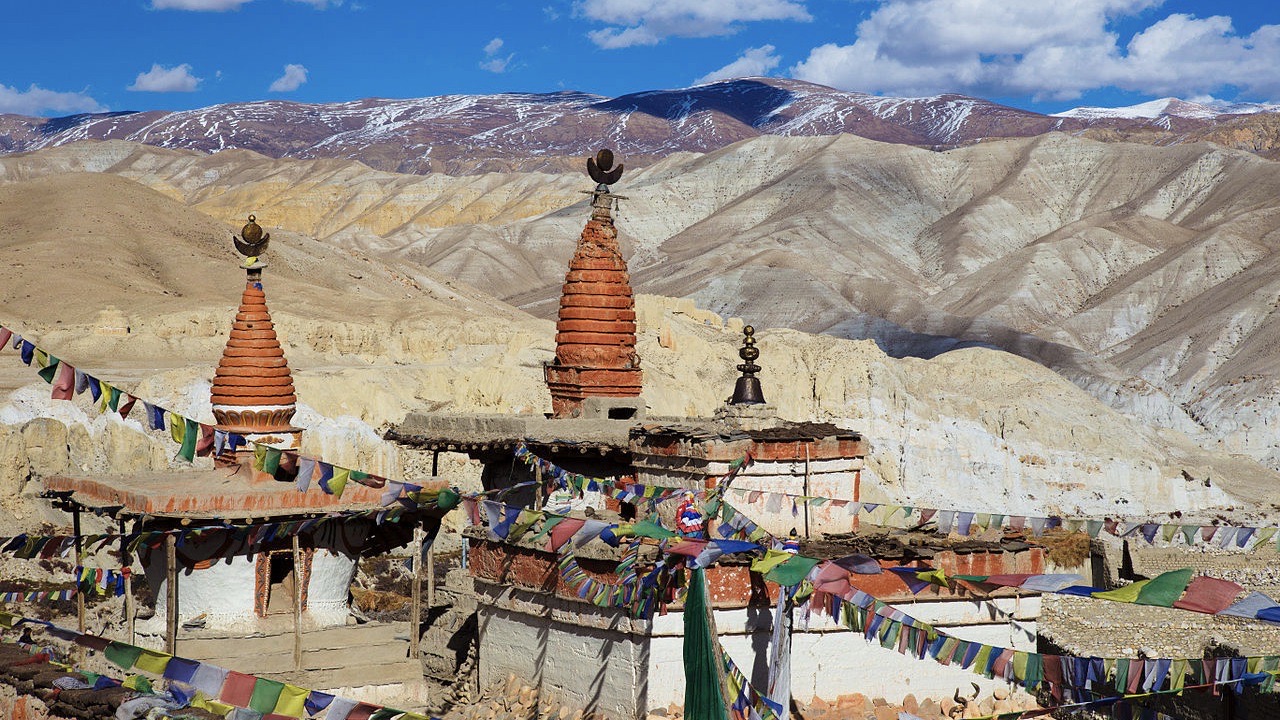
Generally speaking, Nepal is only around 80 miles (128km) wide.
But within those mere 80 miles, Nepal goes from lowland jungle at almost sea level to permanently snowcapped peaks. The highest in the world and not known as the “third pole” for nothing.
In a country that goes from sea level to over 8000m in just 80 miles, you simply cannot generalise about the climate. By default, it is going to vary according to WHERE you are.
Imagine being in balmy Florida yet being able to see as far as the northern polar regions. That’s a distance of over 4,000 miles (nearly 6,900km). Yet, in Nepal, you can actually do just that. The frozen summits (often below -20C and more) can be seen from the likes of Chitwan National Park, where it’s hot and steamy on a clear day.
Consequently, in just 80 miles, you have all the climactic zones between sub-tropical and polar. The temperature variations within those 80 miles and due to increasing altitude could be anything between +35C and -35C!
This photo was taken in Chitwan on a hot day, but only a relatively short distance away the Himalayan peaks are covered in snow!
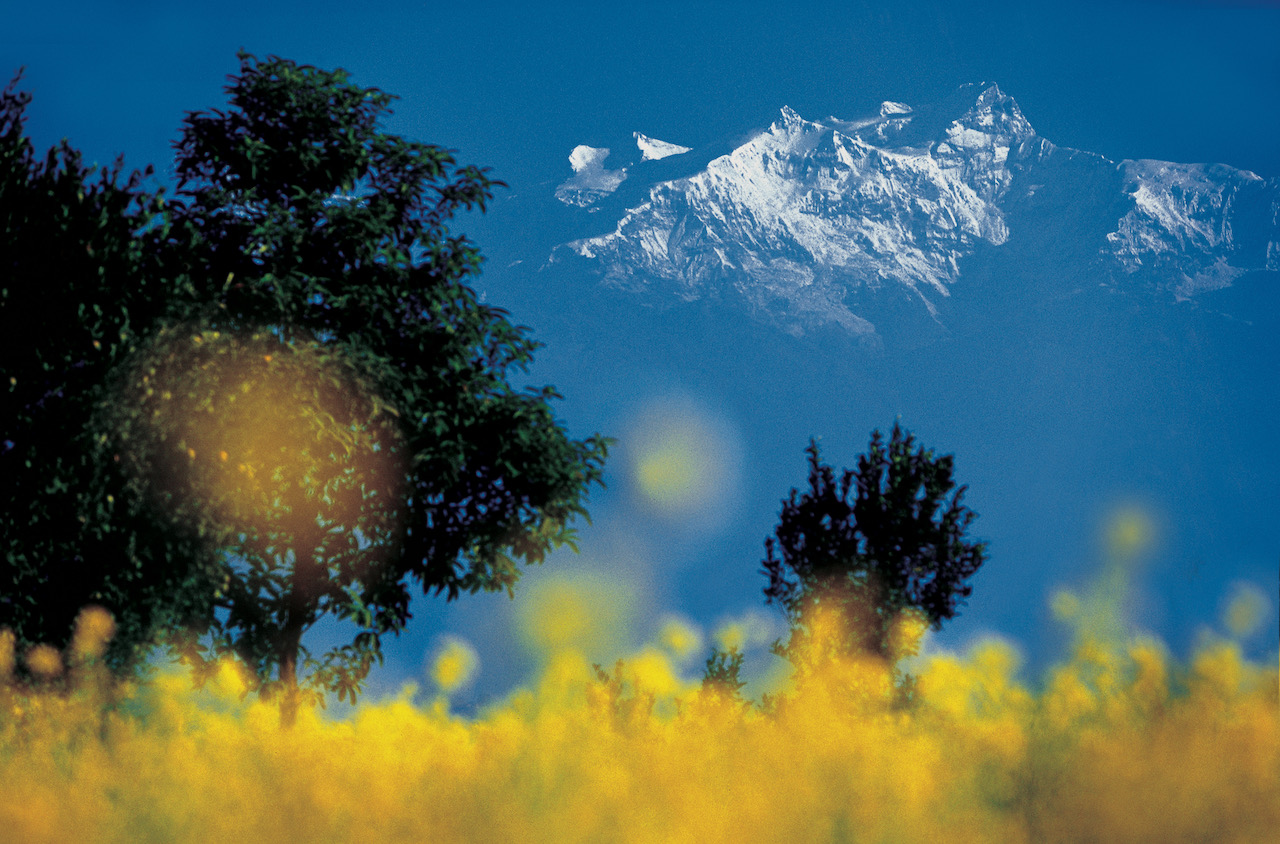
A high altitude trek (for example) is likely to start at lower altitudes where it is probably warm and then gets cooler and cooler and cooler as it gains height. So, simply put, the higher you go, the colder it will get. Around 6 C cooler for every 1000m of altitude gain. Clearly during the winter months temperatures at higher altitudes can be bitterly cold and well below freezing. However, the reward of enduring colder weather is often crisp, clear mountain views and fewer trekkers.
A trek at higher altitude can sometimes be OK (not always) too during the cusp months (September & May) either side of the main October-April season. A typical example is the Everest region, where most of the trekking is between 3000 and 5000m and may thus be “above the weather”.
On a low altitude trek in the Annapurna’s, a wildlife tour of the National Park’s of the Terai or a cultural tour of the Kathmandu Valley and “middle hills” it is more likely to be mild, warm and perhaps even hot even during the winter months.
Post monsoon the grasses grow so high they can hide a rhino!
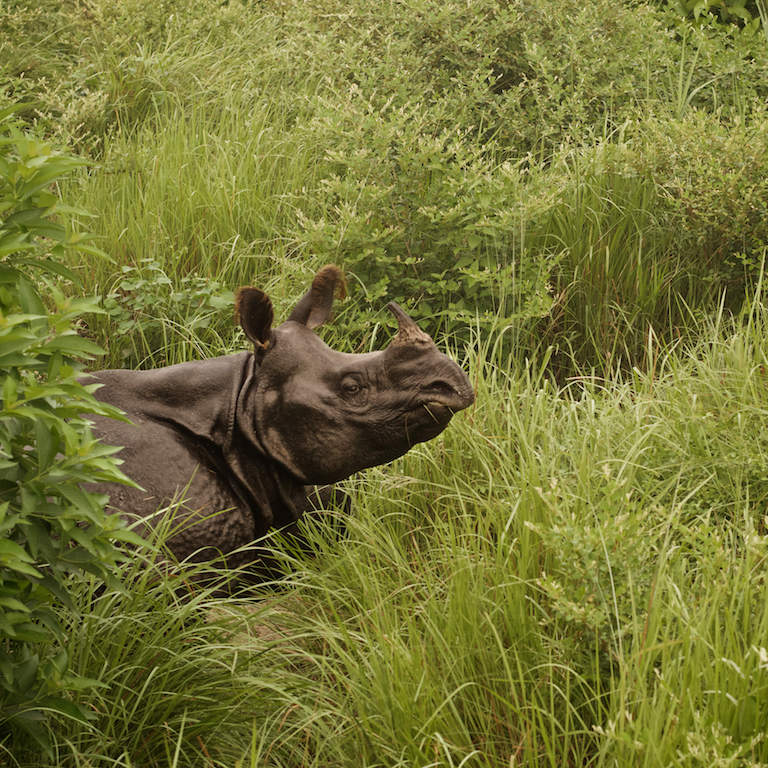
If you’re coming to Nepal hoping to see wildlife in one of the National Parks in the Terai region (e.g. Chitwan or Bardia), then it’s worth considering that the monsoon rains not only make Nepal more lush and green in general, but will have stimulated the grasses within the National Parks to grow and these grasses can grow tall enough to hide a rhino. This can impact wildlife viewing potential at the beginning of the main tourist season. So, any visit where jungle wildlife is the primary focus is usually better between February - April (the later the better).
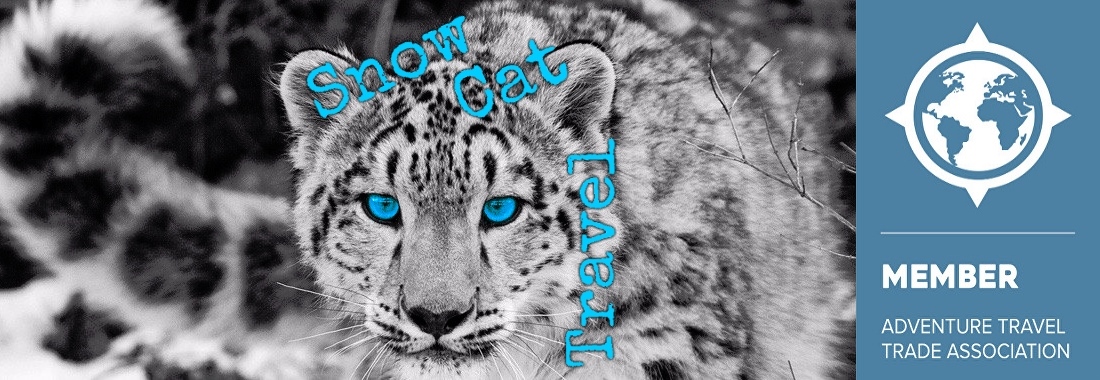

All rights reserved. Snow Cat Travel is a Registered Trade Mark UK 00003289264

